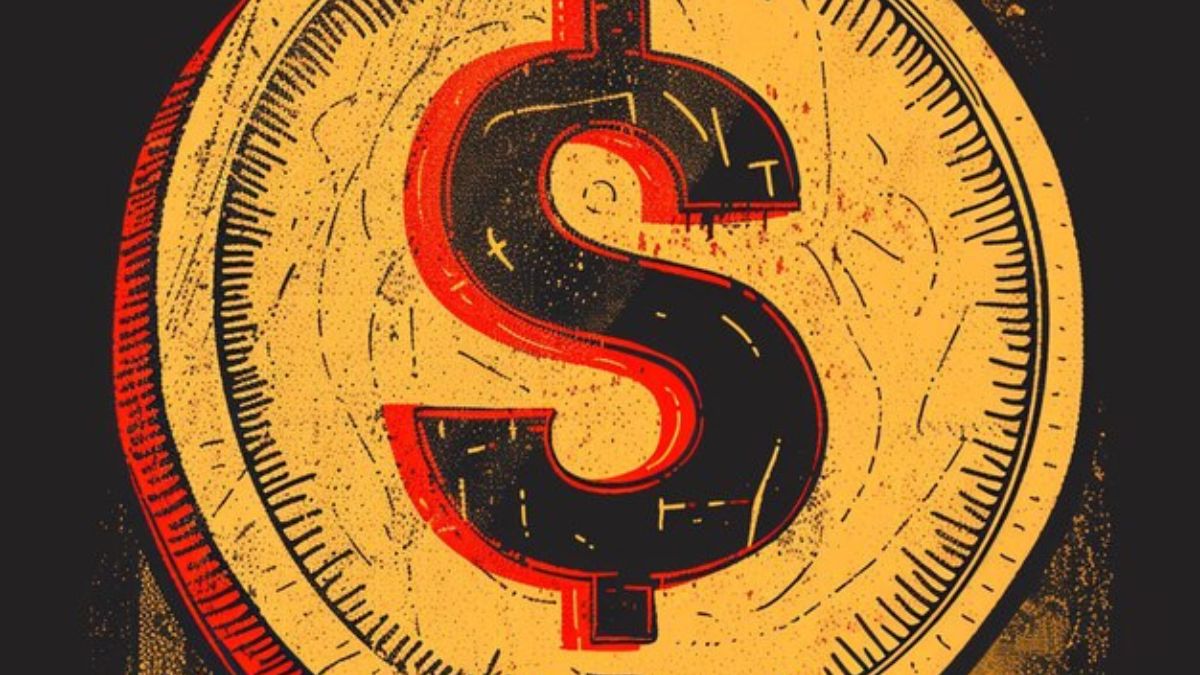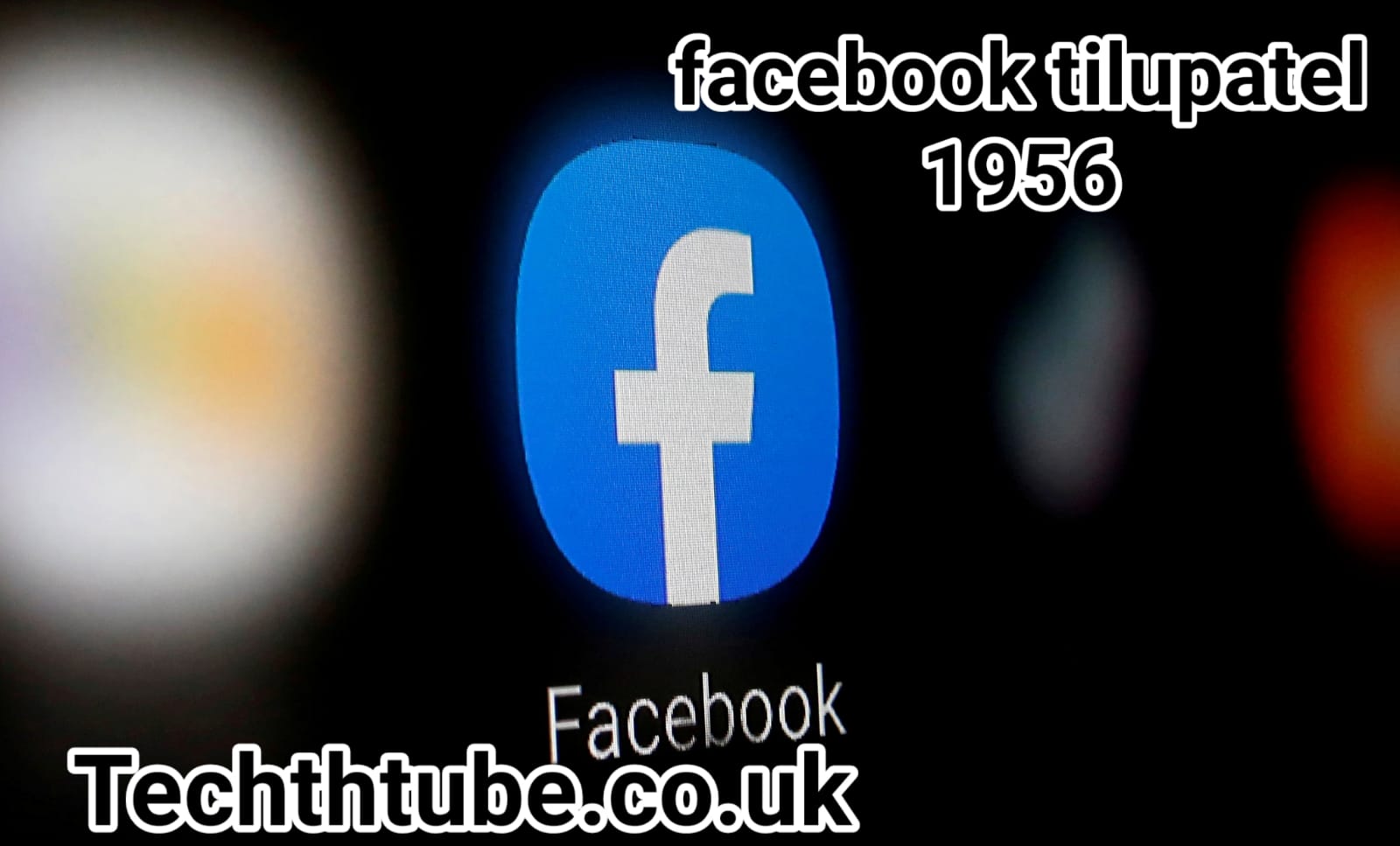The world of coin collecting is rich with terminology and nuances, and one term that often piques the interest of collectors is “toned half dollar.” To appreciate these coins fully, it’s crucial to understand what toning is, how it occurs, and why it holds significant value for collectors.
What is a Toned Half Dollar?
A toned half dollar is a coin that exhibits a variety of colors and patterns on its surface due to chemical reactions over time. This toning process can result in a range of hues including blues, purples, reds, and greens, often creating a striking visual appeal. Toning can occur naturally as the coin ages and interacts with its environment, or it can be induced intentionally through various methods.
The Science Behind Toning
Toning occurs when the metal surface of a coin reacts with sulfur compounds and other elements in the air. The primary metal in a half dollar coin is silver, which reacts with sulfur to form silver sulfide. This reaction creates a thin layer on the surface of the coin, which reflects light differently, resulting in the array of colors observed. The process is influenced by factors such as humidity, temperature, and exposure to various environmental elements.
Natural vs. Artificial Toning
Natural toning is the result of gradual exposure to air and environmental conditions over time. It typically results in beautiful, unpredictable color patterns and is highly sought after by collectors for its uniqueness. Artificial toning, on the other hand, is achieved through controlled exposure to chemicals or heat. While this can also produce vibrant colors, artificial toning is often viewed with skepticism by purists because it lacks the historical authenticity of natural toning.
Collecting Toned Half Dollars
For collectors, toned half dollars hold a special allure due to their visual appeal and rarity. The beauty of toned coins lies in their individuality; no two toned coins are exactly alike. This rarity makes them desirable, especially among enthusiasts who appreciate the aesthetic qualities of these coins. Collectors often seek toned half dollars from specific mints or years, which can add historical significance to their collection.
Grading and Valuation
The value of a toned half dollar is influenced by several factors including the intensity and quality of the toning, the coin’s overall condition, and its rarity. Coin grading services, such as the Numismatic Guaranty Corporation (NGC) or Professional Coin Grading Service (PCGS), evaluate the toning as part of their grading process. Coins with well-preserved, vivid toning often command higher prices on the market. Collectors and investors alike consider toned coins as both aesthetic and financial assets.
Popular Toned Half Dollar Varieties
Certain types of half dollars are more commonly found in toned condition, making them popular among collectors. The Walking Liberty Half Dollar and the Kennedy Half Dollar are two notable examples. The Walking Liberty, minted from 1916 to 1947, is often appreciated for its classic design and the natural toning it tends to exhibit. The Kennedy Half Dollar, introduced in 1964, also attracts collectors for its modern appeal and the vibrant toning it can develop.
Preservation and Care
Proper preservation is crucial for maintaining the value and appearance of toned half dollars. Collectors should store these coins in a controlled environment, using coin holders or capsules that prevent further exposure to air and pollutants. Handling should be minimized, and when necessary, gloves should be used to avoid oils and dirt transferring from fingers to the coin. Proper storage conditions help prevent unwanted deterioration and preserve the unique toning of the coin.
The Impact of Toning on Coin Market Trends
Toning has a significant impact on coin market trends. As collectors and investors become more aware of the aesthetic and rarity aspects of toned coins, demand can fluctuate. Coins with exceptional toning can see a rise in value, making them attractive investments. Conversely, artificial toning or poorly preserved coins may experience decreased demand. Understanding these market dynamics is essential for collectors looking to buy or sell toned half dollars.
Historical Significance and Aesthetic Appeal
Toned half dollars not only hold value as collectible items but also as historical artifacts. The toning can provide insight into the coin’s journey and its interactions with the environment over time. The aesthetic appeal of these coins often reflects broader trends in art and design, capturing the imagination of collectors who appreciate both their beauty and historical significance.
Conclusion
Toned half dollars represent a fascinating intersection of numismatics and aesthetics. Their unique color patterns and historical significance make them highly desirable among collectors. Understanding the science behind toning, recognizing the differences between natural and artificial toning, and appreciating the impact on market trends are all crucial for anyone interested in these remarkable coins. Whether you are a seasoned collector or a newcomer to the hobby, toned half dollars offer a captivating glimpse into the art and history of coinage.
Collecting toned half dollars is more than just acquiring coins; it’s about cherishing pieces of history and appreciating their unique beauty. As you explore this fascinating world, remember that each toned half dollar tells its own story, reflecting both its past and its place in the broader numismatic landscape.











